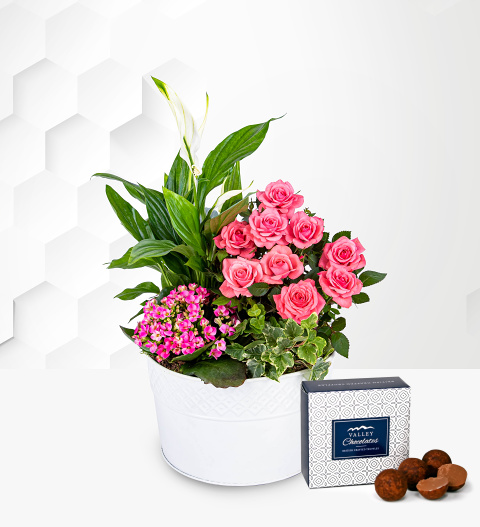
Houseplant care and how to repot your plant
One of the most important times in the life of a plant is when it comes time to repot them. While it is important to get them into a new home sooner rather than later, it’s also really essential that you do not rush the process or mishandle your houseplant. Here’s what you need to know about repotting.
When to repot
Repotting should be done if you notice any of the following signs:
- Your houseplant looks too big for the pot.
- The roots of the plant have started to grow out of the drainage holes.
- When you water the plant, the water remains on the surface and is not absorbed by the soil.
- The soil is dry and looks like it can no longer offer your plant the nutrients and stability it needs.
- Several years have passed.
What you need
- New pot that will suit the size of your plant. Make sure it has drainage holes.
- Porous material to cover the drainage hole (coffee filters for example).
- Potting mix with the right composition for your houseplant.
- Trowel for removing the plant from the current pot.
- Gloves are optional but good for keeping your hands clean.
- Sharp knife or scissors to cut away excess roots if necessary.
- Watering can with fresh water for when you’re done repotting.
Repotting steps to follow:
- First, you need to select a larger pot for your houseplant. Remember, you don’t want to go from extra small to extra large. The plant can be stressed out by such a drastic move. Instead, you should opt for a pot that is just a couple of sizes bigger than the current pot.
- Make sure that the new pot has drainage holes. If not, make some before you proceed.
- Cover the drainage holes with a coffee filter to prevent soil from falling through.
- Layer your soil in the new pot. You will need to add a base layer before adding the plant and then fill the pot with more soil.
- When removing your plant from its existing home, use your trowel to ease it out without damaging the plant or its roots.
- You can inspect the roots and trim them back if necessary before placing your plant in the pot and securing with potting mix.
- You want to make sure that you fill the pot higher than you think necessary. The soil will eventually become more compact and the level will lower.
- You can always top up the soil if you notice that it has become too shallow for the plant.
- Water your plant thoroughly and allow excess water to drain away.
- Place your plant back where it was happy before and follow the same care routine that you have until now.
Repotting your houseplant really is that easy! You will notice that it will thrive even more in its new home because it has more room to grow as well as fresh, nutrient-rich soil. Keep a close eye on your plant and, if you notice any signs of trouble, take action right away.
